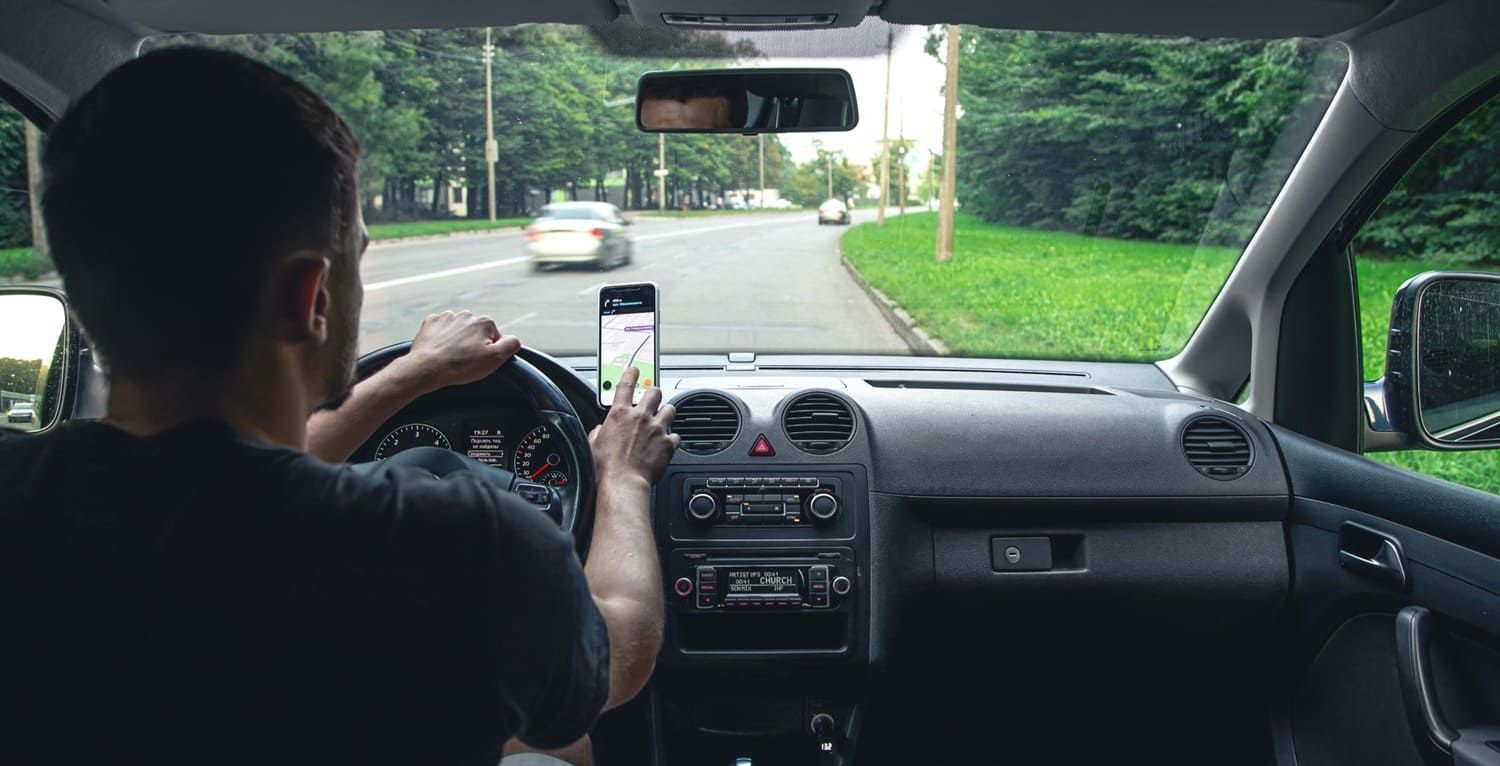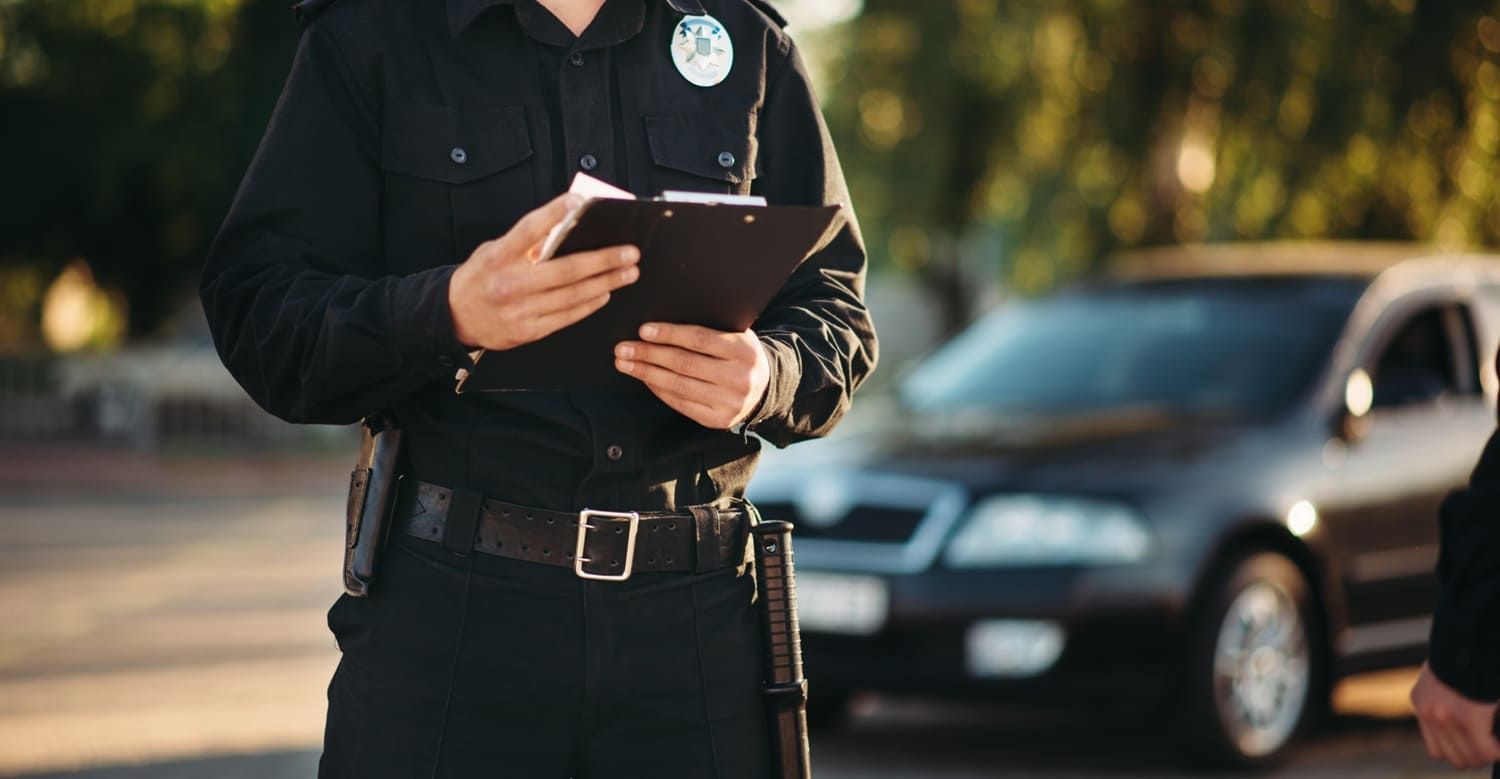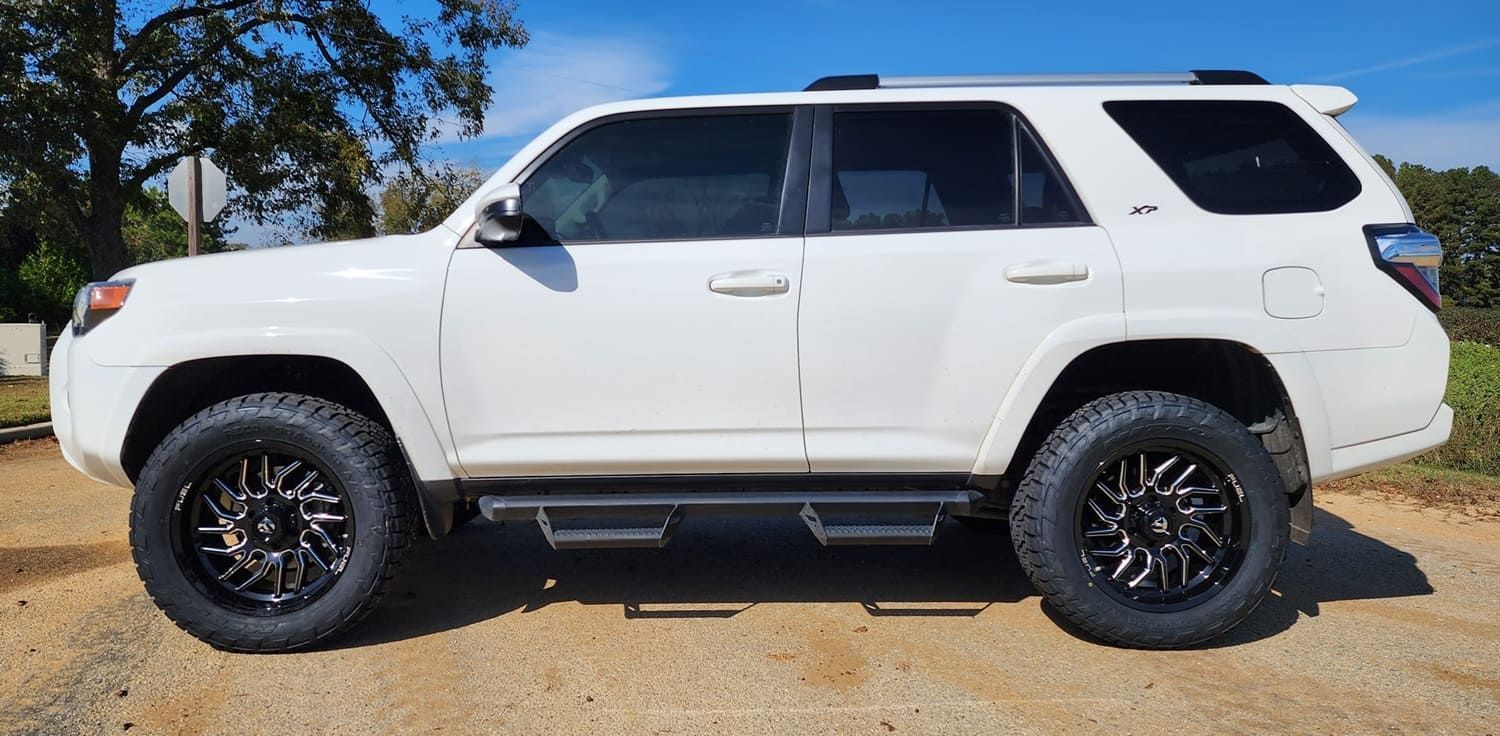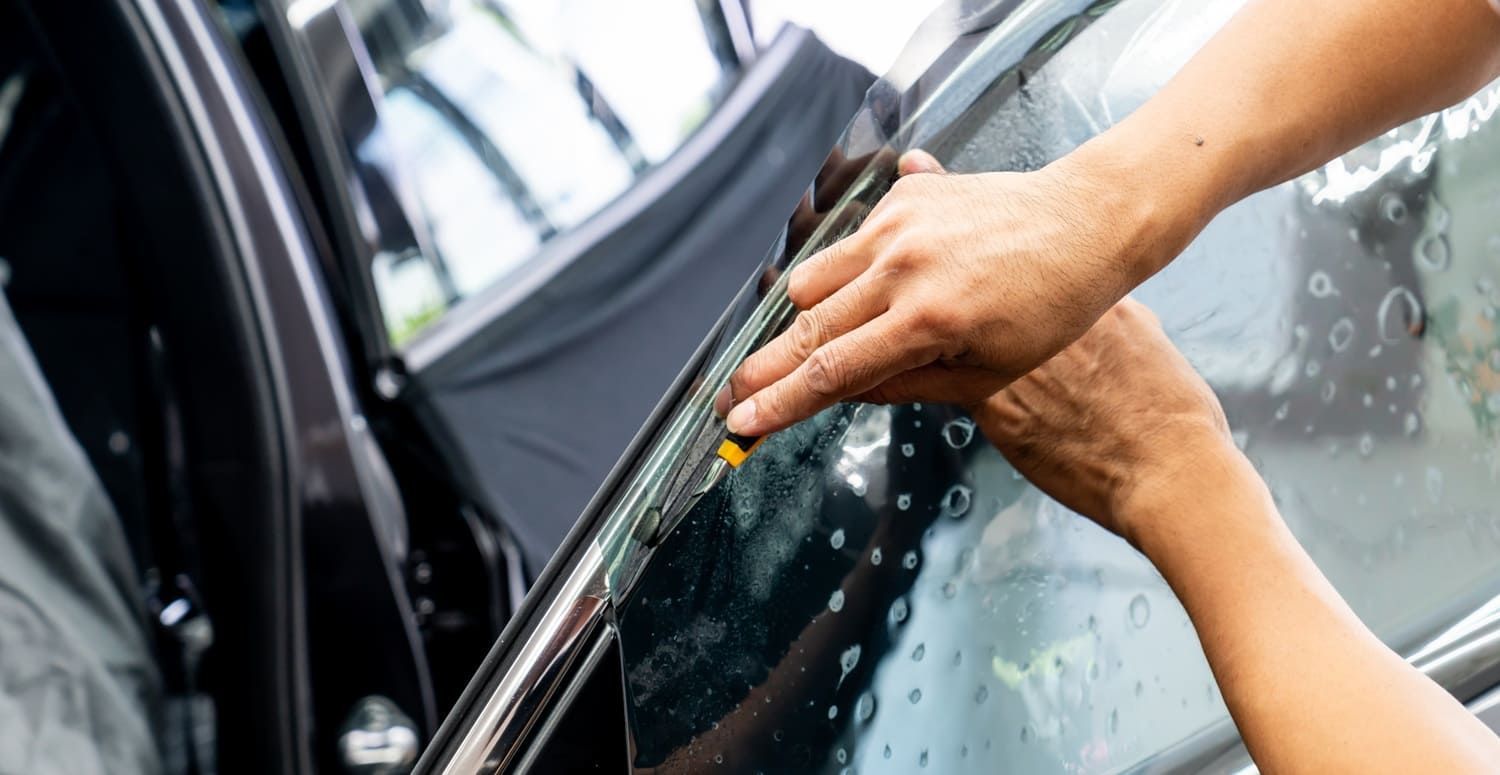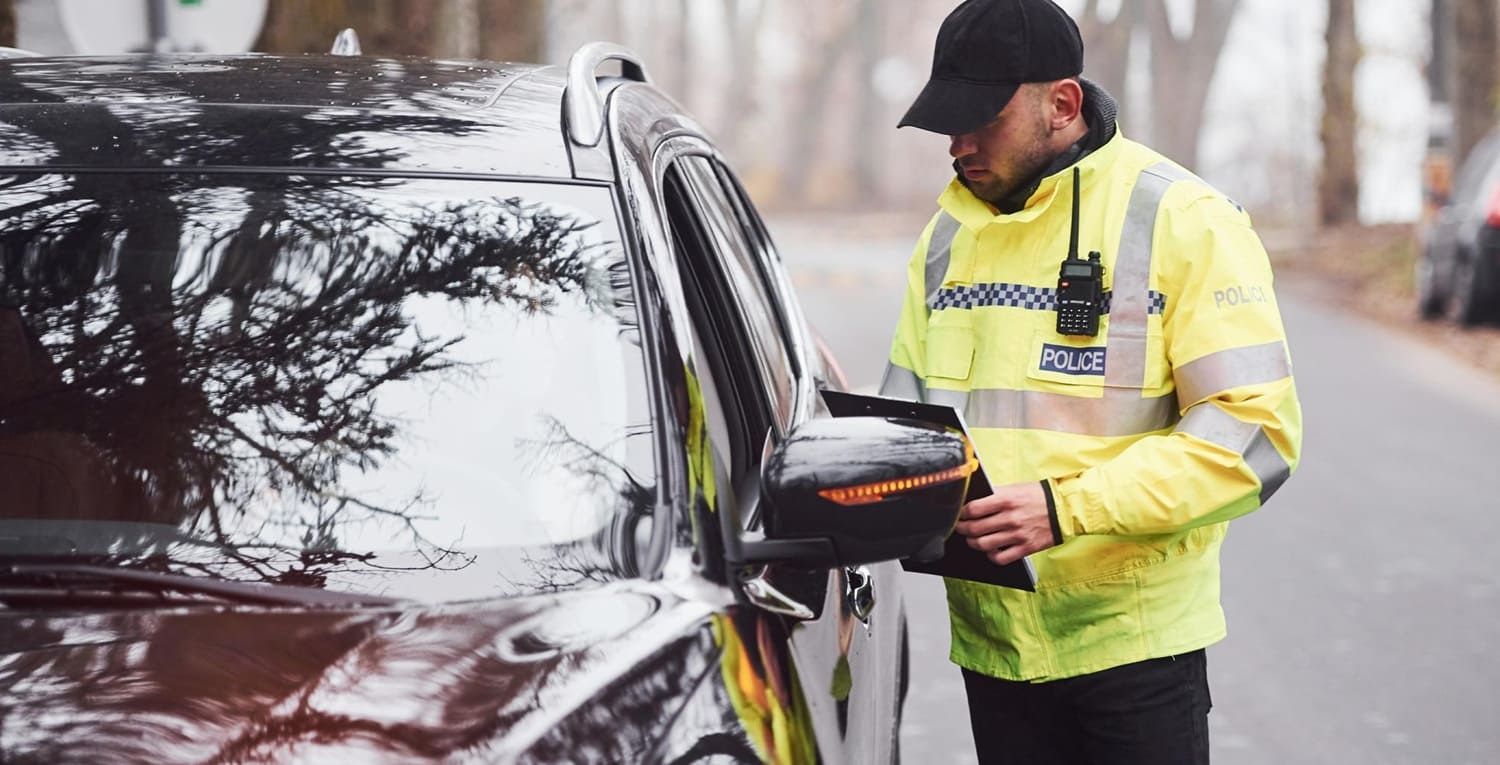Georgia Window Tint Laws 2026: Complete Legal & Compliance Guide
Georgia’s window tint laws are updated in 2026, making it more important than ever for drivers to stay informed and compliant. This guide will break down the latest rules, limits, and expert advice so you avoid fines, maximize on-road safety, and maintain crystal-clear visibility for years to come.
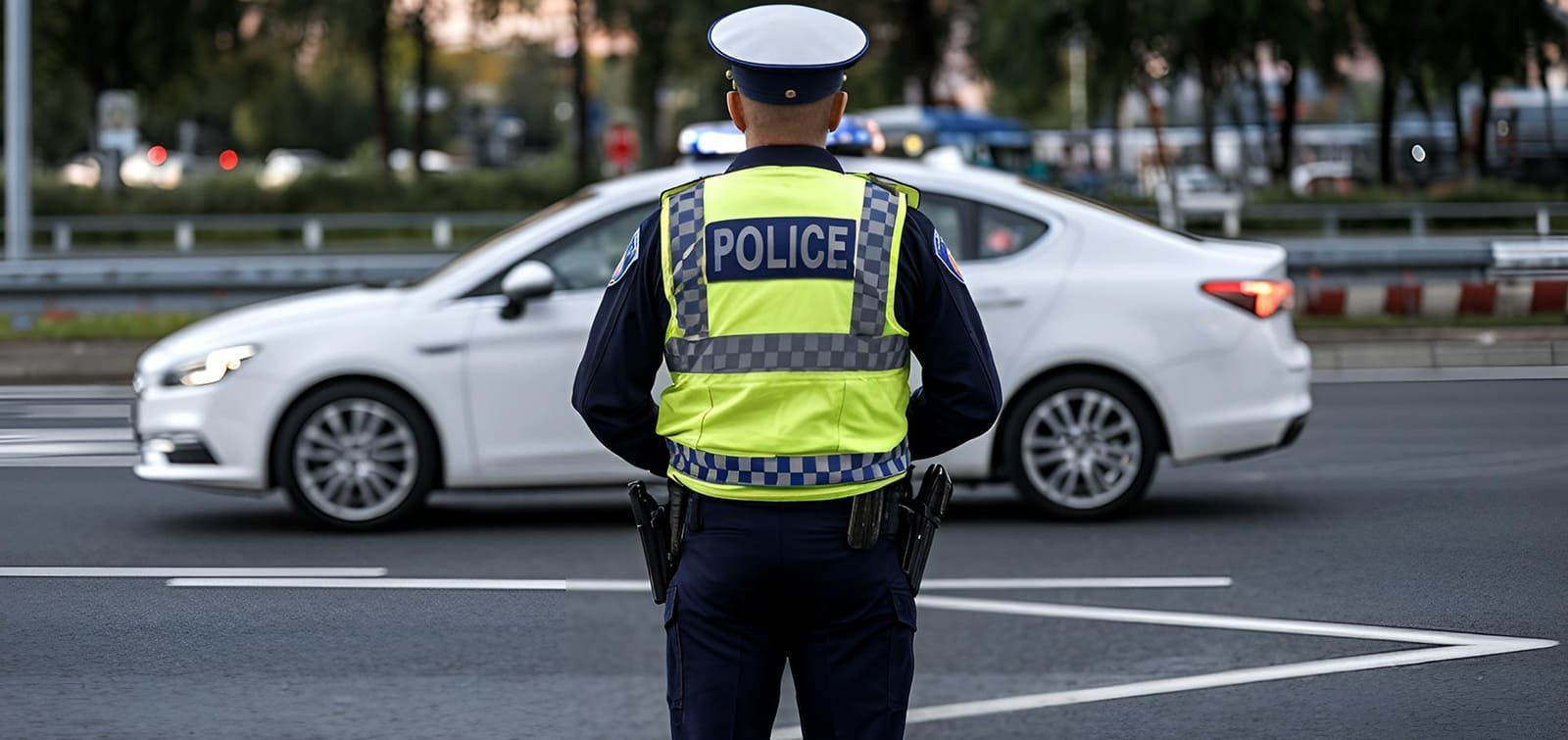
Why Know Georgia Window Tint Laws in 2026?
Many Georgia residents choose window tint to beat the heat, reduce glare, and enjoy more privacy. But failing to follow state tint regulations can earn you more than just a sunburn—think steep fines, forced tint removal, or trouble renewing your registration. That’s why it’s vital for every driver to know exactly what’s legal on Georgia roads in 2026, especially with recent updates affecting car owners, dealerships, and tint professionals statewide.
Georgia Window Tint Laws 2026: VLT Limits Explained
Visible Light Transmission (VLT) measures how much light your tint lets through—the lower the VLT, the darker your windows. Georgia law adjusts these percentages by vehicle type and window location. Here’s a breakdown for 2026:
Sedans (Passenger Cars)
- Front Side Windows: At least 32% VLT (only 32% or more of visible light may pass through).
- Rear Side Windows: At least 32% VLT.
- Rear Window: Minimum 32% VLT.
- Windshield: Only non-reflective tint allowed above the AS-1 line or top 6 inches.
SUVs & Vans
- Front Side Windows: Minimum 32% VLT.
- Rear Side Windows: Any darkness allowed.
- Rear Window: Any darkness allowed.
- Windshield: Non-reflective tint only above the AS-1 line or top 6 inches.
Pickup Trucks
- Front Side Windows: Must allow at least 32% of incoming light (32% VLT or lighter).
- Rear Side Windows: Any darkness is permitted.
- Rear Window: Any darkness is permitted.
- Windshield: Non-reflective tint up to the AS-1 line permitted.
Reflectivity & Color Restrictions: What’s Legal?
Reflectivity: Georgia law prohibits highly reflective or mirror-like tints that increase reflectivity above 20% for both front and rear side windows. This keeps driving safe for everyone and reduces the chance of blinding glare for other drivers.
Color Restrictions: You cannot use red or amber (yellow/orange) tints in Georgia. Choose industry-standard shades such as charcoal, gray, or black to stay compliant and achieve a sharp, factory-finish look.
Medical Exemptions for Window Tint in Georgia
If you have a qualifying medical condition, such as photosensitivity or other health-related needs, you may apply for a medical exemption to use a darker window tint than typically allowed. The process includes:
- Obtaining a written prescription or medical certificate from a Georgia-licensed physician or optometrist.
- Submitting your documentation to the Georgia Department of Public Safety (DPS).
- Gaining official approval and keeping your exemption certificate in your vehicle at all times for law enforcement review.
Medical exemptions are only granted for legitimate, documented health needs and will not allow fully opaque or mirrored tints.
Recent 2026 Updates in Georgia Tint Laws
Georgia regularly reviews and updates its tint laws to improve safety and compliance. For 2026:
- Continued enforcement of the 32% VLT minimum for front windows on all private passenger vehicles.
- Strict documentation requirements for medical exemptions—physician’s note plus approved DPS paperwork.
- Increased use of handheld VLT meters by law enforcement during roadside and inspection checks.
- Dealers required to verify compliant tint for all new and used car sales in 2026.
- No new colors or reflectivity exceedances permitted beyond current law.

Penalties for Illegal Window Tint in Georgia
If your tint does not meet legal requirements, you could face:
- Fines—typically from $100 to $300 per violation, and higher for repeat offenses.
- Mandatory tint removal (at your expense) and possible court appearance.
- Ineligible for annual registration or failed vehicle inspection.
- Potential driving record points with multiple or severe violations.
Georgia State Patrol and local law enforcement use calibrated VLT meters for accurate on-the-spot testing, so “guessing” your tint will not protect you from citations.
How Tint Darkness is Measured in Georgia
All Georgia inspections and roadside tests use electronic VLT meters. Certified tint professionals and law enforcement will:
- Check both the glass and film together for total light transmission.
- Base results on the combined effect of factory glass and aftermarket film.
- Provide instant, digital results that leave no room for debate.
Keep the VLT certificate from your installer for proof. If challenged, you must show your tint and paperwork meet 2026 standards.
Why Choose a Professional Installer for Legal Tint in Georgia?
Professional tint shops guarantee you get quality film, flawless application, and full compliance:
- They know Georgia window tint laws 2026 inside and out.
- Use calibrated VLT meters to measure your actual installed percentage.
- Issue compliance certificates for inspections or law enforcement encounters.
- Protect your investment—no bubbles, peeling, or sub-standard work that could lead to failed inspections.
- Offer expert advice on tint percentage, appearance, and the latest legal requirements.
DIY kits and cheap jobs often miss legal thresholds, leaving you liable for tickets or forced removal. For peace of mind and a hassle-free experience, always trust a certified installer in Georgia.
Frequently Asked Questions (FAQs) About Georgia Window Tint Laws 2026
What is the legal window tint percentage in Georgia for sedans?
32% VLT or lighter for front and rear side windows, and rear window.
How dark can I tint the back windows of my SUV or truck?
Any darkness is permitted on rear windows for SUVs and pickups, while front side windows must remain at or above 32% VLT.
Is colored window tint legal in Georgia?
Red and amber (yellow/orange) tints are prohibited. Stick with neutral/dark shades.
Can I get a medical exemption for darker tints?
Yes, with a doctor’s certificate and approved paperwork from the Georgia Department of Public Safety.
How is window tint tested by police or inspectors?
Using electronic VLT meters that measure total light transmission instantly and accurately.
What’s the fine for illegal tint in Georgia?
$100–$300 per violation, with possible mandatory removal and registration or inspection issues.
What happens if I buy a car with illegal tint?
The dealer is now required to make sure it’s compliant before you drive it off the lot in 2026.
Can DIY tint kits guarantee legal compliance?
No. Only professional tint shops use certified films and meters and provide official compliance certificates.
Will the laws about legal tint percentage or colors change again soon?
Check annually—Georgia reviews its laws often, and new restrictions or requirements may roll out with little notice.
Where can I verify my tint is legal in Georgia?
Visit a certified tint installer for VLT measurement and compliance paperwork, or check with Georgia DPS.
Conclusion: Stay Legal and Confident with Professional Tint Installation
Understanding Georgia window tint laws 2026 is the key to stress-free driving, avoiding expensive fines, and protecting your investment. For expert guidance and guaranteed compliance, trust X-Treem Automotive & Tinting, proudly serving drivers across Georgia. Our certified installers know every detail of the updated regulations and ensure your vehicle stays safe, stylish, and 100% street-legal. Contact us today for a free estimate or to schedule your professional tint service—call (912) 681-8468. Drive with confidence knowing your tint is compliant, durable, and installed by the best!



